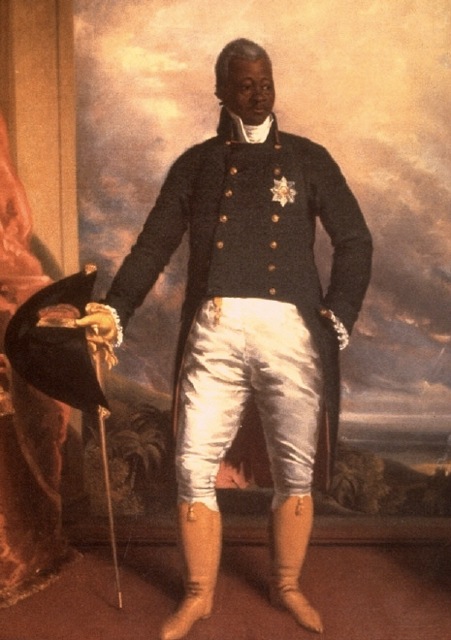Jan
31
The End of Carpentier, the Dawn of a New Haiti
Posted by: | January 31, 2010 | Comments Off on The End of Carpentier, the Dawn of a New Haiti
For whatever reason, I found that reading the last half of El reino was a remarkably difficult task. I suppose I only have myself to blame for my difficulties, given that I’ve had an incredibly busy (but awesome) weekend, I took to reading the rest of the book with a casual, somewhat apathetic attitude. I realize now, in retrospect, that reading Carpentier’s prose with such a mindset is not the most fruitful of endeavors. That being said, I still ended up having a nice date with Carpentier.
This time around, I found myself trying to let go of my mind and let the words on the page guide my thoughts as much as possible. By reading in this way, I found myself being less aware of, and sensitive to, the elements of “lo magíco” in the book. Page after page, I found myself losing the ability to differentiate between “lo real” and “lo magíco.” Instead, I felt like somehow the two elements were not distinct, separate entities, but rather, were a new integrated entity. I think that this was an important epiphany of sorts, in terms of learning “how” to read realismo magíco – cast your logic aside and let your perception of reality be changed.
I wish I had some deep insightful commentary to add tonight, but the reality is I don’t. I’m not ashamed, or afraid to admit that fact either. To me, the conclusion of Carpentier’s book was simply a continued iteration of all the literary fortitude that I encountered in the first half. One element that I did; however, find a bit distinct and interesting was that the flow in second half of the book was different. It seemed to me that, in general, the chapters in the second half of the book were considerably shorter and felt a bit anecdotal. In particular, the chapters titled “El nave de los perros” and “El sacrificio de los torros” stuck out to me. While reading through them, I couldn’t help but think of Leyendas de Guatemala. Although the writing styles of Carpentier and Asturias are markedly different, I couldn’t help but think that these chapters were more similar to mini-legends, or folklore than chapters in a novel based on a revolution. Upon further reflection, I also found it interesting that, as a whole, El reino was not a novel that contained significant graphic accounts of the violent acts that one generally associates with a bloody and hard fought revolution. Rather, Carpentier often opted to focus on the spiritual side of the revolution, especially in the second half of the novel. Carpentier gave us a further insight into the somewhat exotic and prophetic signs that the black population of Haiti derived from the land (yes, i’m referring to the twisted mangled tree) and incorporated into their religious beliefs. Coincidentally, I finally resolved the debate we had in class about who was right. I think the black perspective wins.
Bravo Carpentier, you did well!

